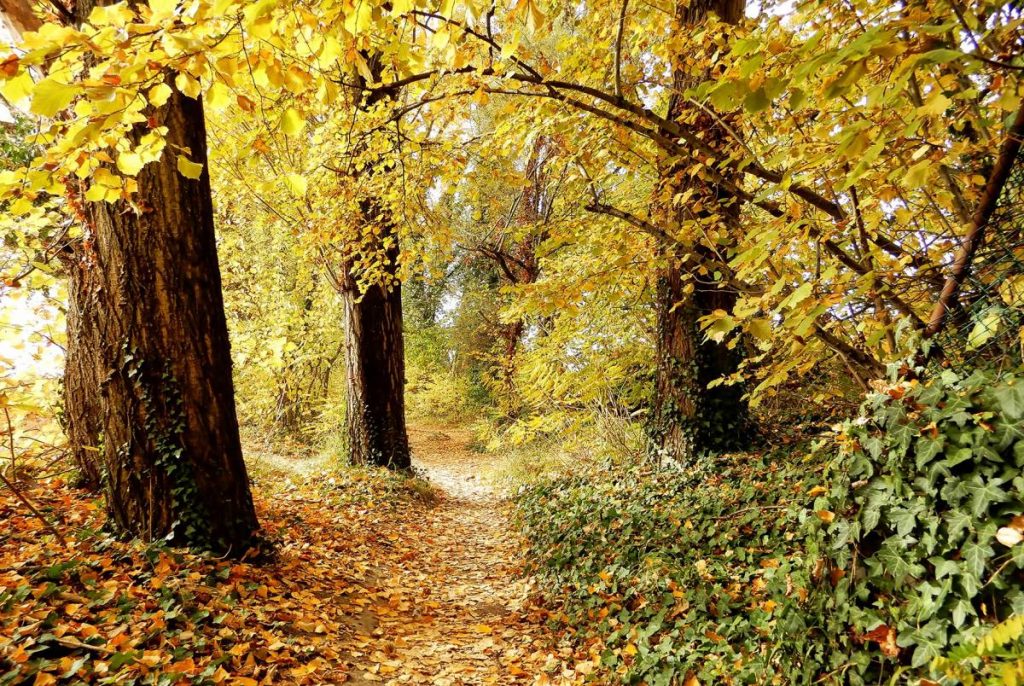The Via Romea Nonantolana rediscovers a historic route that connected the Po valley with the Tuscan-Emilian Apennines. It dates back to the 7th century AD, a period in which the central northern part of the Italian peninsula was divided between the territories conquered by the Byzantines and those belonging to the Lombards. And it was the latter who traced the route, which performed both internal traffic functions and links with the rest of Italy and Rome, relying on two stopping points represented by the two pivotal monasteries of Nonantola and Sestola.
The Romea Nonantolana is one of the 14 ancient pilgrimage routes in the Emilia-Romagna region and is part of the Cammini d’Europa project: a European network of history, culture and tourism.
The route, also conceived for cycling tourism, begins in Nonantola, seat of the monumental Benedictine royal abbey, a place of study and spirituality of European monastic life, develops along two lines – western and eastern – and then rejoins in Fanano before the pass of the Arcane Cross (1675 m).
The eastern route, almost 105 km long, after having crossed Spilamberto and before passing through Samone, also stops in Vignola, developing mainly in the stretch of the Nature Route from which the majestic Rocca can be admired.
The Via Romea Nonantolana joins in Fucecchio with the Via Francigena towards Rome and joins the Via Romea Strata Longobarda-Nonantolana and the Piccola Cassia.


